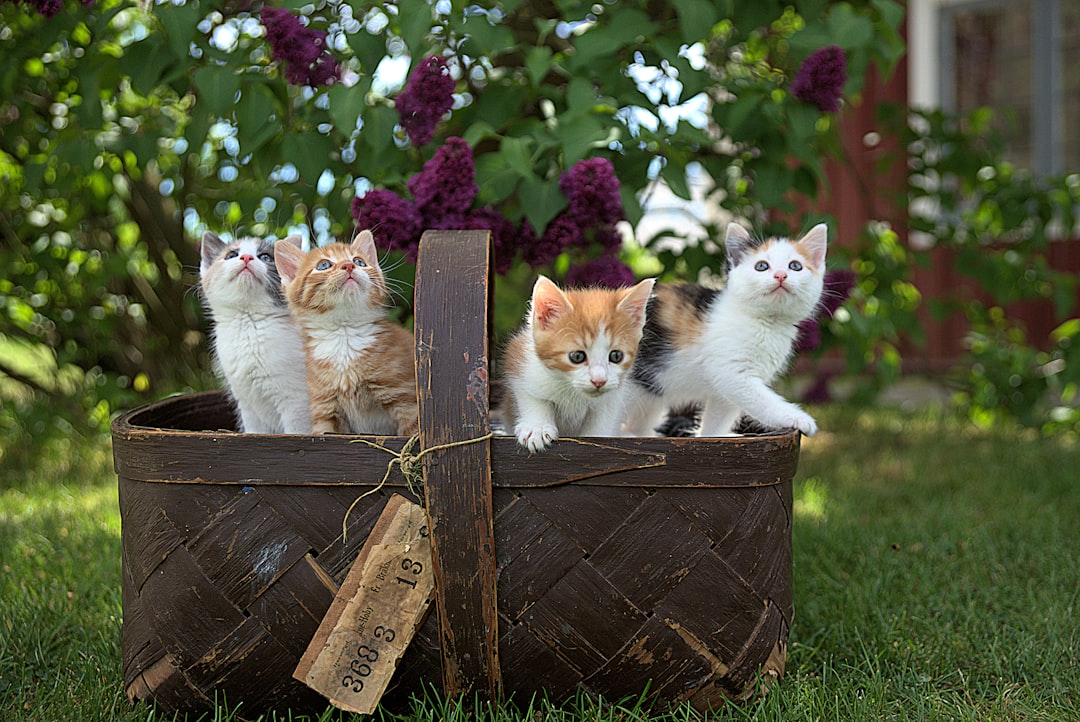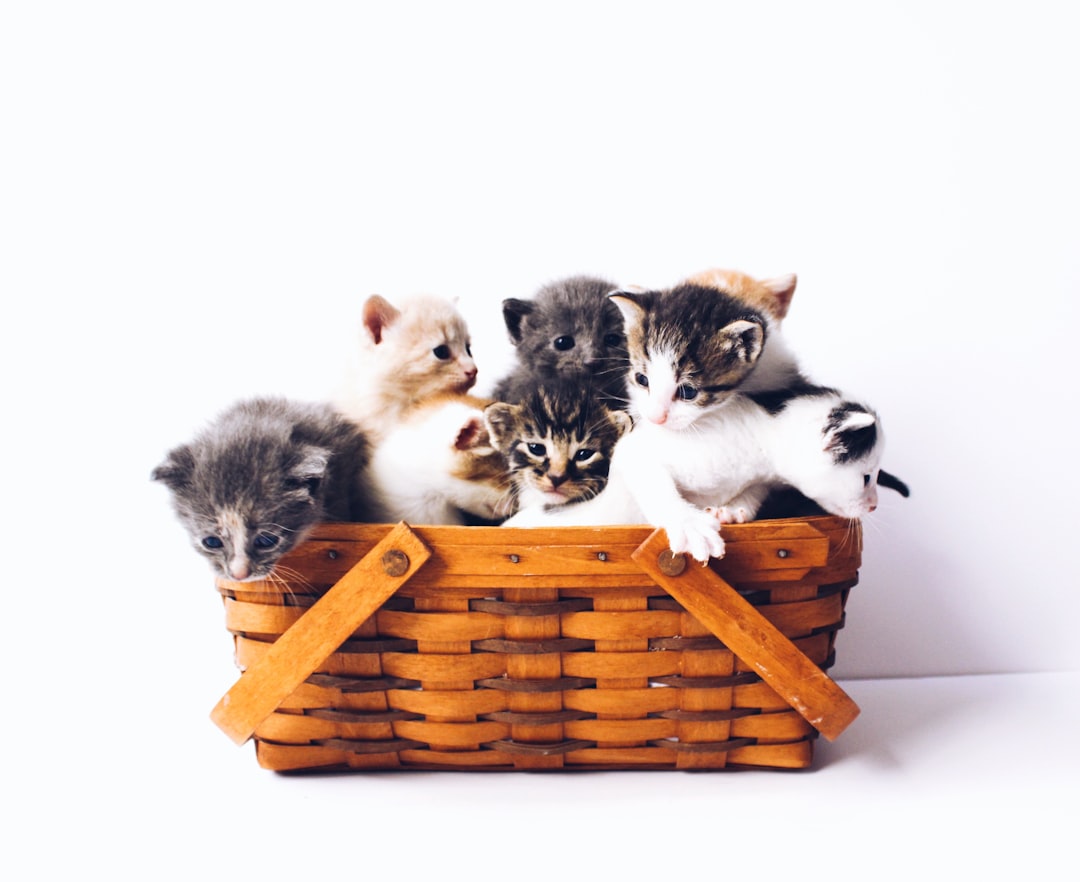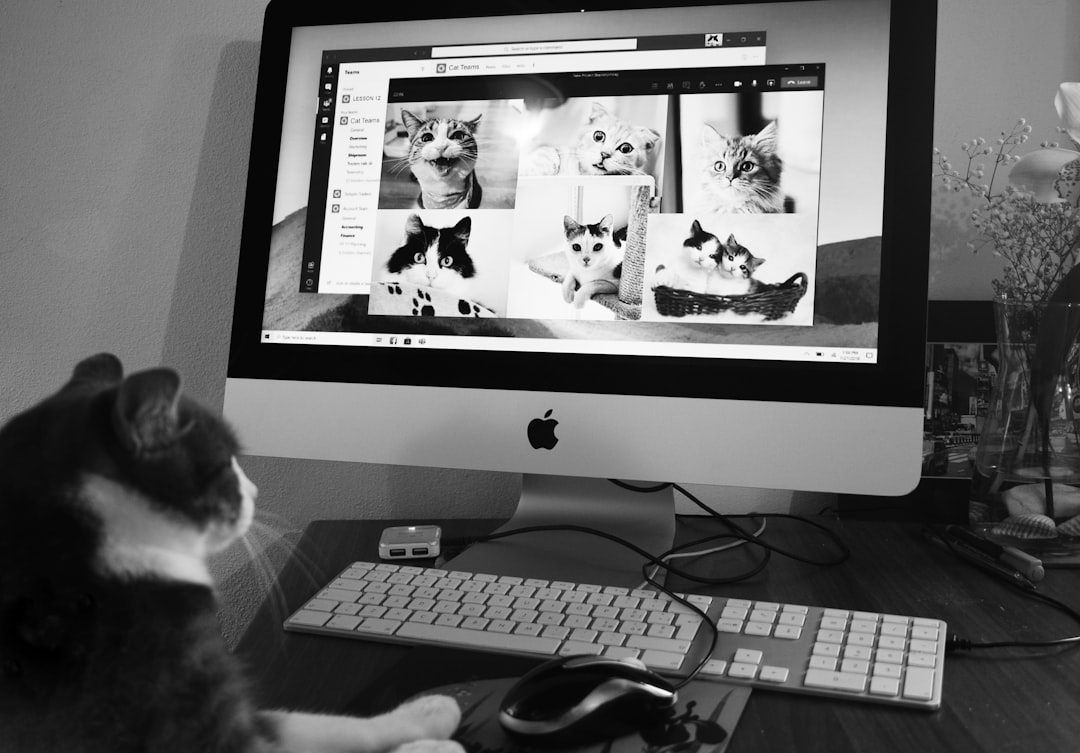Feeding your baby cat properly is crucial for its healthy growth and development, and understanding the importance of kitten milk is essential. Kittens possess unique nutritional needs, especially during their early weeks of life when they rely on mother’s milk for essential nutrients. For orphaned or rejected kittens, finding an appropriate milk replacement becomes vital to ensure they receive proper nourishment. This post will explore the critical roles and benefits of kitten milk, guide you through selecting the right formula, and provide tips on preparing and serving it correctly for optimal kitten health.
Understanding the Nutritional Needs of Kittens
Kittens require specific nutrients to grow and thrive, especially during their first few weeks of life. Their nutritional needs are unique due to their rapid growth rate and developing immune systems. Here are the key elements that should be included in their diet:
- High Protein Content: Kittens need more protein than adult cats to support muscle development and overall growth.
- Fats: Essential fatty acids play a vital role in brain development and energy supply.
- Vitamins and Minerals: Critical for bone health, immune function, and metabolic processes.
- Hydration: Always ensure access to fresh water, especially when transitioning to solid food.
When mother’s milk isn’t available, using a kitten milk replacement formula is crucial. It closely mimics the nutrients found in mother’s milk, ensuring that orphaned kittens receive adequate nourishment. The right kitten milk should contain:
| Nutrient | Recommended Amount per 100 ml |
|---|---|
| Protein | 8.5g |
| Fat | 6-8g |
| Carbohydrates | 5g |
| Vitamins & Minerals | Balanced Formulation |
Providing the appropriate kitten milk ensures optimal growth and health during this critical development stage.

The Role of Mother’s Milk in Kitten Development
Mother’s milk plays a crucial role in the early stages of a kitten’s life, providing essential nutrients for optimal growth and development. Here’s how it benefits your baby cat:
Nutritional Composition:
- High in Fat: Essential for energy.
- Protein-Rich: Supports muscle development and growth.
- Vitamins and Minerals: Important for immune function and overall health.
Immunity Support:
Mother’s milk contains antibodies that protect kittens from infections. This passive immunity is vital, especially in the first few weeks.Digestive Health:
Kittens’ digestive systems adapt to the specific enzymes present in their mother’s milk, promoting better nutrient absorption.Behavioral Development:
Nursing fosters bonding and security, which are crucial for emotional health.
If a kitten is orphaned, providing a high-quality kitten milk replacement becomes essential to mimic these benefits. Due to its unique formulation, seasoned kitten milk products can help ensure the orphaned kitten receives adequate nutrition and immune support just like they would from their mother.
Why Kitten Formula is Essential for Orphaned Kittens
Orphaned kittens face unique challenges, particularly in meeting their nutritional needs. In such cases, kitten milk formula becomes vital for their survival and development. Here’s why:
Nutritional Support: Orphaned kittens do not have access to their mother’s milk, which is essential for their growth. Kitten milk formula provides the proper balance of nutrients that mimic the composition of a mother cat’s milk.
Proper Growth: The right formula helps in the healthy development of organs and bones. It ensures kittens gain weight steadily, which is crucial in their early weeks.
Immune System Boost: Formulas designed specifically for kittens often contain additional nutrients that support a developing immune system, keeping them healthy and strong.
Digestive Health: Kittens have sensitive stomachs. Kitten milk is easier to digest and less likely to cause gastrointestinal problems compared to cow’s milk.
In summary, using a high-quality kitten milk formula is essential for orphaned kittens to thrive. Ensure you choose a formula designed specifically for their needs to guarantee they receive the best start in life.
Choosing the Right Kitten Milk Replacement
When selecting a kitten milk replacement, it is crucial to consider several factors to ensure your kitten’s health and growth. Here’s what to look for:
Nutritional Content: Choose a formula specifically designed for kittens. Look for:
- High protein content
- Essential fatty acids
- Adequate vitamins and minerals
Formulation Type:
- Powdered formulas: Convenient but require proper mixing.
- Liquid formulas: Ready-to-use, ideal for quick feeding.
Digestibility: Select a kitten milk that is easy for your kitten to digest. Some formulas contain added probiotics to improve gut health.
Brand Reputation: Opt for products from well-known brands with positive reviews regarding their kitten milk.
Comparison of Popular Kitten Milk Replacements
| Brand | Form | Protein % | Digestibility |
|---|---|---|---|
| Brand A | Powdered | 35% | High (Probiotics added) |
| Brand B | Liquid | 30% | Moderate |
| Brand C | Powdered | 33% | High |
Selecting the right kitten milk replacement helps support your little one’s growth and development, ensuring a healthy start to life.

How to Prepare and Serve Kitten Milk
Feeding your kitten the right milk is crucial for their growth and development. Here’s a simple guide on how to prepare and serve kitten milk effectively:
Preparation Steps:
Choose the Right Formula: Select a high-quality kitten milk replacement designed for kittens. Look for formulas that include essential nutrients—like proteins, fats, vitamins, and minerals.
Mix Properly:
- Follow the instructions on the package carefully.
- Generally, mix 1 part kitten milk powder with 2 parts warm (not hot) water.
Heat the Milk: Warm the prepared kitten milk to body temperature—this helps mimic the mother’s milk experience. Test the temperature on your wrist to ensure it’s comfortable.
Use a Syringe or Bottle: For feeding, use a kitten nursing bottle or a syringe. Ensure that the nipple allows milk to flow easily without too much pressure.
Serving Tips:
- Feed in a Calm Environment: Hold your kitten comfortably in your lap or a soft blanket to create a calm atmosphere.
- Small Sips: Allow your kitten to take small sips of kitten milk, ensuring they do not choke.
By following these steps, you can provide the best possible start for your kitten with proper kitten milk.
Signs of Adequate Nutrition in Kittens
Ensuring your kitten receives proper nutrition is vital for their growth and well-being. Here are key signs that indicate your kitten is thriving on kitten milk or an appropriate substitute:
Healthy Weight Gain:
Kittens should gain approximately 10-15 grams per day. Weigh them regularly to monitor progress.Active and Playful Behavior:
Energetic kittens indicate good health. They should explore their surroundings and engage in play.Balanced Coat Condition:
A shiny, soft coat reflects a well-nourished kitten. Dull or dry fur can signal nutritional deficiencies.Regular Elimination:
Kittens should have consistent bowel movements and urination. Each should appear normal in color and consistency.Bright Eyes and Alert Expression:
Clear and bright eyes, combined with an engaged demeanor, are signs of adequate nutrition.Normal Growth Patterns:
Regular veterinary check-ups can ensure your kitten is growing appropriately based on age and breed.
By monitoring these signs, you can confirm your kitten is thriving on their kitten milk. Early intervention is crucial if you notice any discrepancies!
Common Mistakes When Feeding Kittens
Feeding kittens requires attention to detail to ensure they receive the proper nutrition. Here are some common mistakes pet owners make when it comes to kitten milk and how to avoid them:
Using Cow’s Milk: Many believe that cow’s milk is a good substitute, but it can cause digestive issues. Always choose a kitten milk formula designed specifically for their needs.
Incorrect Temperature: Feeding kitten milk that is too cold or too hot can shock their system. Aim for a warm temperature, similar to that of their mother’s milk.
Overfeeding: It’s easy to overestimate how much a kitten needs. Follow the guidelines on the kitten milk packaging to prevent stomach upset.
Not Monitoring Weight: Regularly check your kitten’s weight, as this ensures they are thriving. A steady gain indicates proper nutrition.
Rushing the Weaning Process: Transitioning to solid food should be gradual. Introduce new foods slowly to help prevent any digestive issues.
By avoiding these mistakes, you can help ensure your kitten receives the vital nutrients they need for healthy development.

Transitioning Kittens to Solid Food: A Gradual Process
Transitioning kittens from kitten milk to solid food is crucial for their growth and development. This process should occur gradually to ensure a smooth adjustment. Here’s how to do it effectively:
Start Early: Begin introducing solid food around 4 weeks old. Offer a high-quality, moist kitten food.
Blend the Foods: Mix kitten milk with the wet food to create a smooth consistency. This will make it easier for them to eat.
Gradually Decrease Milk:
- Week 1: 75% kitten milk, 25% solid food.
- Week 2: 50% kitten milk, 50% solid food.
- Week 3: 25% kitten milk, 75% solid food.
- Week 4: Fully transition to solid food.
Monitoring: Keep an eye on their response:
- Look for signs of eagerness to eat solid food.
- Ensure they are maintaining a healthy weight and aren’t experiencing digestive issues.
Hydration: Ensure fresh water is always available for your kittens as they transition.
By following this gradual approach, you support their nutritional needs while helping them adapt to their new diet effectively.
Frequently Asked Questions
What is kitten milk and how does it differ from regular cow’s milk?
Kitten milk is specifically formulated to meet the nutritional needs of young felines, preserving essential nutrients that support their growth and development. Unlike regular cow’s milk, which can be hard on their digestive system and lacks the necessary proteins, fats, and vitamins, kitten milk contains the appropriate balance of amino acids, carbohydrates, and fatty acids, closely resembling a mother cat’s milk. This specialized milk substitutes when the mother is unavailable, ensuring that kittens receive the right sustenance.
When should I start feeding my kitten kitten milk?
Kittens typically require mother’s milk or a suitable substitute starting from birth until they are about 4 weeks old. If the mother cat is absent or unable to nurse, kitten milk should be introduced immediately. It is crucial during this early period to help prevent any health issues or nutritional deficiencies. As they mature, around 4 weeks, they can gradually transition to solid food while still having access to kitten milk to support their growth.
How often should I feed kitten milk to a newborn kitten?
Newborn kittens should be fed every 2 to 3 hours, even during the night, as their tiny bodies need constant nourishment to thrive. A feeding schedule will need to adapt to individual kitten needs, but generally, each kitten should be given about 8 to 10 ml of kitten milk per feeding, incrementally increasing the amount as they grow. It’s essential to monitor their weight and health closely during this critical growth phase.
Can I use kitten milk as a long-term feeding solution?
While kitten milk is vital in the early stages of a kitten’s life, it should not be used as a long-term feeding solution. After approximately 4-5 weeks, kittens should begin transitioning to solid food, as their dietary needs will evolve. However, kitten milk can still be offered as a supplement or treat. It’s essential to provide a balanced diet as they mature to ensure they receive all necessary nutrients for healthy growth.



